Source: Sterling’s Children’s Books
Hardcover, 31 pgs
I am an Amazon Affiliate
Children’s Activity Atlas by Jenny Slater, illustrated by Katrin Wiehle and Martin Sanders from Sterling Children’s Books, is chock full of information about landscapes, national flags, and industry. This volume focuses mainly on the large continents, and each region is depicted over a two-page spread, complete with mountains, lakes, rivers, and topography like desert and grasslands, etc. The book comes with a passport that kids can use to answer questions about specific items on the regional maps using the map key and once those questions are completed, the kids can place their seal on the passport page.
Each page is colorfully illustrated, includes local industry and culture on each nation, as well as a key to the land and other facts about those nations. The back pages have stickers for the individual flags of each nation, which kids can add to each map and stickers for a variety of industries, animals, and local sites. My daughter and I have started doing a region every few days and placing the stickers and answering the questions, but we’re also talking about what I learned about those nations and where I’d like to visit someday. She points to things that interest her on the map and we make sure that we fill out the passport together where the questions are and affix her seal when she’s done. Rather than be a one-time use atlas, this book contains information that can be referred to again and again, and there are postcards included for kids to share with family and friends.
Children’s Activity Atlas by Jenny Slater, illustrated by Katrin Wiehle and Martin Sanders from Sterling Children’s Books, is an interactive look at other countries and regions that kids and parents can use together to discuss different cultures, topography, and industries, etc. My daughter gets excited when I ask if she wants to bring out the atlas and check out some other countries and regions. I would recommend this for parents with toddlers eager to learn and interact, as well as older kids who are in school.
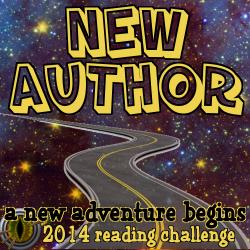


 About the Author:
About the Author: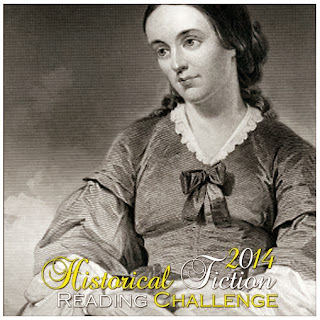


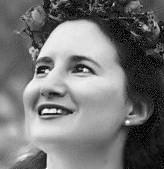 About the Author:
About the Author:



 About the Author:
About the Author:

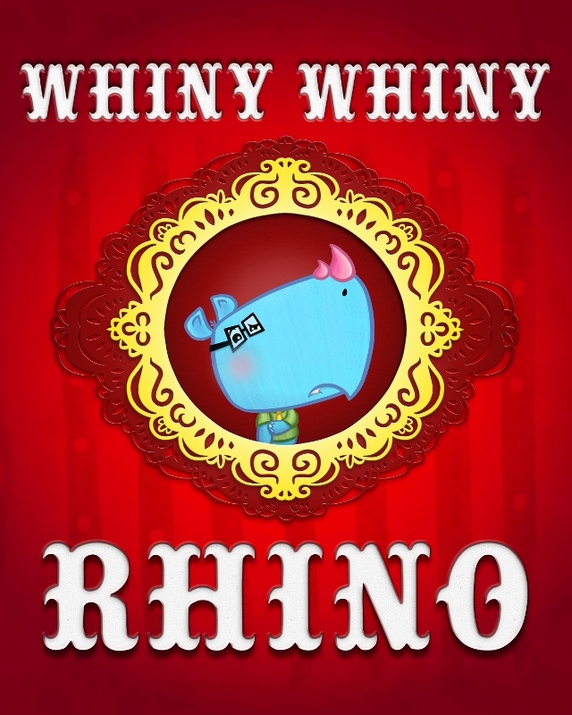
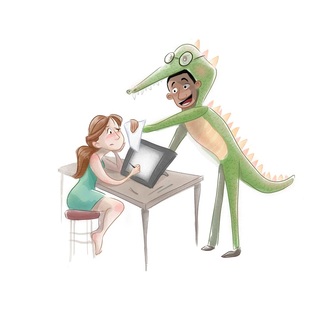 About the Authors:
About the Authors:


 About the Author:
About the Author:
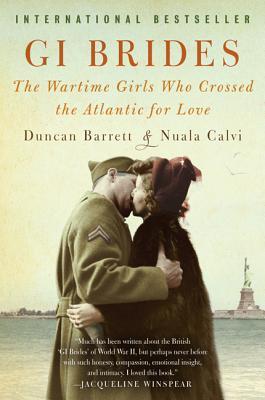
 About the Authors:
About the Authors: Nuala Calvi also studied English and has been a journalist for eight years with a strong interest in community history pieces. She took part in the Streatham Stories project to document the lives and memories of people in South London. They live in South London.
Nuala Calvi also studied English and has been a journalist for eight years with a strong interest in community history pieces. She took part in the Streatham Stories project to document the lives and memories of people in South London. They live in South London.
 This is my 2nd book for:
This is my 2nd book for:


